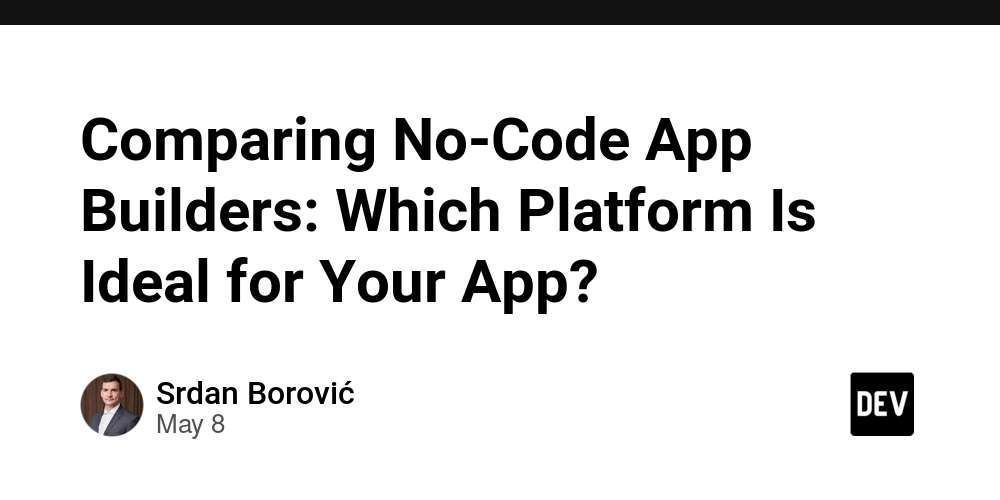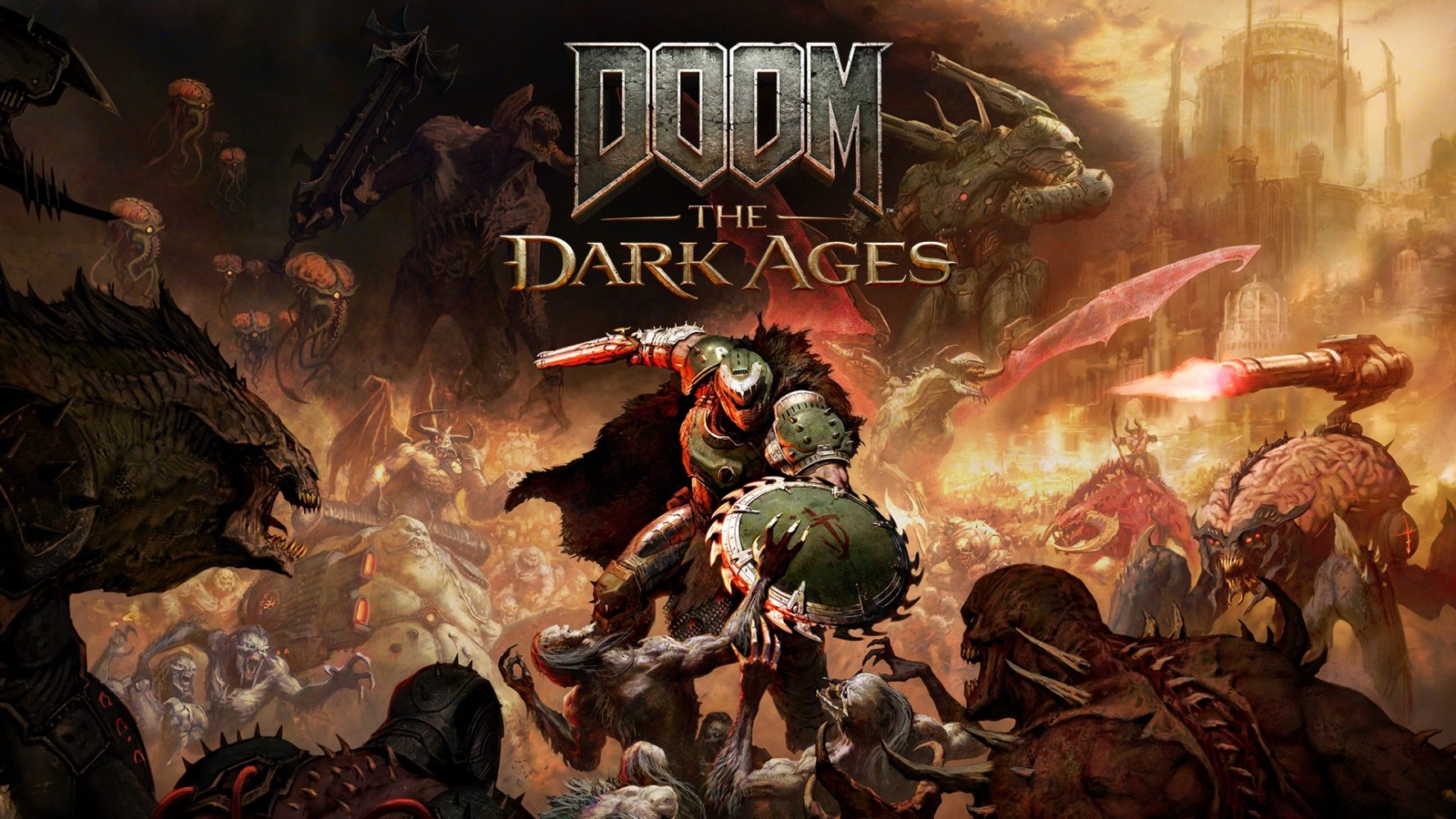Comparing No-Code App Builders: Which Platform Is Ideal for Your App?
Comparing No-Code App Builders: Which Platform Is Ideal for Your App? In today's fast-paced digital landscape, creating apps no longer requires extensive coding knowledge or a substantial development budget. The rise of no-code platforms has democratized app development, allowing entrepreneurs, small businesses, and creative minds to bring their ideas to life without writing a single line of code. But with so many options available, how do you choose the right platform for your specific needs? The No-Code Revolution - Transforming App Development The no-code movement has gained tremendous momentum in recent years, fueled by the growing demand for digital solutions across all industries. These platforms use visual interfaces with drag-and-drop capabilities, pre-built templates, and intuitive design tools to help users create functional applications quickly and affordably. According to recent industry reports, the global no-code development platform market is growing rapidly, with businesses increasingly turning to these solutions to accelerate digital transformation. The appeal is clear: faster development cycles, reduced costs, and the ability to iterate quickly based on user feedback. Key Factors to Consider When Choosing a No-Code Platform Before diving into specific platforms, it's important to evaluate your project requirements: Complexity level: What functionality does your app need? Target platforms: Mobile, web, or both? Design flexibility: How important is customization? Integration needs: What other tools and services will your app connect with? Scalability: How much will your app need to grow? Budget: What's your price range for development and maintenance? Technical support: What level of assistance will you need? Let's explore some of the leading no-code platforms and their distinctive features. Instance: From Idea to App in an Instance Instance represents a fresh approach to the no-code space, focusing on making the journey from concept to functional app as smooth as possible. Instance offers a clean, user-friendly interface to start your project. Key Features: AI-Assisted Development: Describe what you want to build, and Instance helps generate the framework Community Showcase: Browse and learn from what others have built Flexible Publishing Options: Deploy as web apps or mobile-responsive applications Instance particularly shines for beginners and those looking to quickly prototype their ideas. Its straightforward approach makes it an excellent choice for first-time app creators who want to test a concept without a significant learning curve. Replit: Where Coding Meets No-Code Replit has evolved from being primarily a coding platform to offering powerful no-code and AI-assisted development features. It bridges the gap between traditional development and no-code solutions. Key Features: AI-Powered Development: Turn natural language prompts into functional code and apps Flexibility Across Programming Languages: Support for over 50 programming languages Real-Time Collaboration: Google Docs-like experience for team development Deployment Options: Various deployment methods including autoscaling, reserved VMs, and static deployments Replit is particularly well-suited for those who want the option to extend their apps with custom code when needed. Lovable: Chat Your Way to Beautiful Apps Lovable focuses on a conversational interface, similar to Instance. Users can create applications by simply chatting with an AI assistant. Key Features: Conversational Building: Create apps by describing what you need in natural language Full-Stack Development: Handles both frontend and backend development Supabase Integration: Built-in database capabilities through Supabase Tailwind CSS + React: Clean, modern designs right out of the box Version Control: GitHub integration for code management Visual Editing: Combines AI chat with visual editing tools The platform is especially good for rapid prototyping and is favored by startups looking to test ideas quickly. Other Notable No-Code App Builders Glide Glide has established itself as a user-friendly platform that turns spreadsheet data into polished apps. It's particularly strong for creating data-driven applications with minimal effort. Adalo Adalo offers powerful visual app building with a focus on creating native mobile experiences. Its component marketplace and database capabilities make it a versatile choice for mobile app development. Bubble One of the more established players in the space, Bubble provides extensive customization options and powerful database capabilities, making it suitable for complex applications. AppSheet by Google Google's no-code offering integrates seamlessly with Google Workspace and offers robust data handling capabilities, making it a s

Comparing No-Code App Builders: Which Platform Is Ideal for Your App?
In today's fast-paced digital landscape, creating apps no longer requires extensive coding knowledge or a substantial development budget. The rise of no-code platforms has democratized app development, allowing entrepreneurs, small businesses, and creative minds to bring their ideas to life without writing a single line of code. But with so many options available, how do you choose the right platform for your specific needs?
The No-Code Revolution - Transforming App Development
The no-code movement has gained tremendous momentum in recent years, fueled by the growing demand for digital solutions across all industries. These platforms use visual interfaces with drag-and-drop capabilities, pre-built templates, and intuitive design tools to help users create functional applications quickly and affordably.
According to recent industry reports, the global no-code development platform market is growing rapidly, with businesses increasingly turning to these solutions to accelerate digital transformation. The appeal is clear: faster development cycles, reduced costs, and the ability to iterate quickly based on user feedback.
Key Factors to Consider When Choosing a No-Code Platform
Before diving into specific platforms, it's important to evaluate your project requirements:
- Complexity level: What functionality does your app need?
- Target platforms: Mobile, web, or both?
- Design flexibility: How important is customization?
- Integration needs: What other tools and services will your app connect with?
- Scalability: How much will your app need to grow?
- Budget: What's your price range for development and maintenance?
- Technical support: What level of assistance will you need?
Let's explore some of the leading no-code platforms and their distinctive features.
Instance: From Idea to App in an Instance
Instance represents a fresh approach to the no-code space, focusing on making the journey from concept to functional app as smooth as possible. Instance offers a clean, user-friendly interface to start your project.
Key Features:
- AI-Assisted Development: Describe what you want to build, and Instance helps generate the framework
- Community Showcase: Browse and learn from what others have built
- Flexible Publishing Options: Deploy as web apps or mobile-responsive applications
Instance particularly shines for beginners and those looking to quickly prototype their ideas. Its straightforward approach makes it an excellent choice for first-time app creators who want to test a concept without a significant learning curve.
Replit: Where Coding Meets No-Code
Replit has evolved from being primarily a coding platform to offering powerful no-code and AI-assisted development features. It bridges the gap between traditional development and no-code solutions.
Key Features:
- AI-Powered Development: Turn natural language prompts into functional code and apps
- Flexibility Across Programming Languages: Support for over 50 programming languages
- Real-Time Collaboration: Google Docs-like experience for team development
- Deployment Options: Various deployment methods including autoscaling, reserved VMs, and static deployments
Replit is particularly well-suited for those who want the option to extend their apps with custom code when needed.
Lovable: Chat Your Way to Beautiful Apps
Lovable focuses on a conversational interface, similar to Instance. Users can create applications by simply chatting with an AI assistant.
Key Features:
- Conversational Building: Create apps by describing what you need in natural language
- Full-Stack Development: Handles both frontend and backend development
- Supabase Integration: Built-in database capabilities through Supabase
- Tailwind CSS + React: Clean, modern designs right out of the box
- Version Control: GitHub integration for code management
- Visual Editing: Combines AI chat with visual editing tools
The platform is especially good for rapid prototyping and is favored by startups looking to test ideas quickly.
Other Notable No-Code App Builders
Glide
Glide has established itself as a user-friendly platform that turns spreadsheet data into polished apps. It's particularly strong for creating data-driven applications with minimal effort.
Adalo
Adalo offers powerful visual app building with a focus on creating native mobile experiences. Its component marketplace and database capabilities make it a versatile choice for mobile app development.
Bubble
One of the more established players in the space, Bubble provides extensive customization options and powerful database capabilities, making it suitable for complex applications.
AppSheet by Google
Google's no-code offering integrates seamlessly with Google Workspace and offers robust data handling capabilities, making it a strong choice for businesses already invested in the Google ecosystem.
Comparing Key Features Across Platforms
| Platform | Best For | Mobile Support | Database Options | Learning Curve | Free Tier |
|---|---|---|---|---|---|
| Instance | Rapid prototyping, beginners | Yes (responsive) | Built-in | Low | Yes |
| Replit | Developers, code flexibility | Yes | Multiple options | Medium | Yes |
| Lovable | Conversational development | Yes | Supabase | Low | Yes (limited) |
| Glide | Data-driven apps | Yes | Spreadsheets, API | Low | Yes |
| Adalo | Native mobile apps | Yes (native) | Built-in, external | Medium | Yes (limited) |
Real-World Success Stories
The proof of any development platform lies in what users can build with it. Across these platforms, we're seeing impressive real-world applications:
- E-commerce stores with inventory management
- Internal team collaboration tools
- Customer relationship management systems
- Fitness tracking applications
- Event management platforms
- Educational and training apps
Many startups have launched successful MVPs (Minimum Viable Products) using these platforms, validating their ideas before investing in custom development. Small businesses have created internal tools that streamline operations and boost productivity. Even larger enterprises are using no-code solutions for departmental applications and process automation.
Making Your Decision: A Strategic Approach
When selecting the right no-code platform for your project, consider this step-by-step approach:
- Define your requirements clearly: List must-have features and nice-to-haves
- Set your budget: Consider both initial and ongoing costs
- Assess your technical comfort level: Be honest about how much complexity you can handle
- Test drive options: Most platforms offer free trials or tiers
- Check community support: Active communities can be invaluable resources
- Evaluate integration capabilities: Ensure the platform works with your existing tools
- Consider future needs: Will the platform scale with your growth?
The Future of No-Code Development
The no-code space continues to evolve rapidly, with AI playing an increasingly important role. We're seeing more sophisticated capabilities, better integration options, and platforms that blur the line between no-code and traditional development.
For businesses and entrepreneurs, this means even greater opportunities to innovate quickly and cost-effectively. As these tools mature, we can expect to see more complex applications being built without code, further democratizing software development.
Conclusion
There's no one-size-fits-all solution in the no-code world. Instance offers simplicity and speed for beginners. Replit provides flexibility and growth paths for those who may eventually need custom code. Lovable delivers a conversational approach that feels intuitive and natural.
The right choice depends on your specific needs, technical comfort level, and long-term goals. The good news is that with free tiers and trials available across most platforms, you can experiment before committing.
Regardless of which platform you choose, the no-code movement represents an exciting opportunity to bring your app ideas to life without traditional development constraints. By carefully evaluating your options against your specific requirements, you can find the perfect platform to turn your vision into reality.
Whether you're a solo entrepreneur, small business owner, or part of a larger organization looking to innovate quickly, there's never been a better time to explore what no-code app development can do for you.
















![Life in Startup Pivot Hell with Ex-Microsoft Lonewolf Engineer Sam Crombie [Podcast #171]](https://cdn.hashnode.com/res/hashnode/image/upload/v1746753508177/0cd57f66-fdb0-4972-b285-1443a7db39fc.png?#)




























































